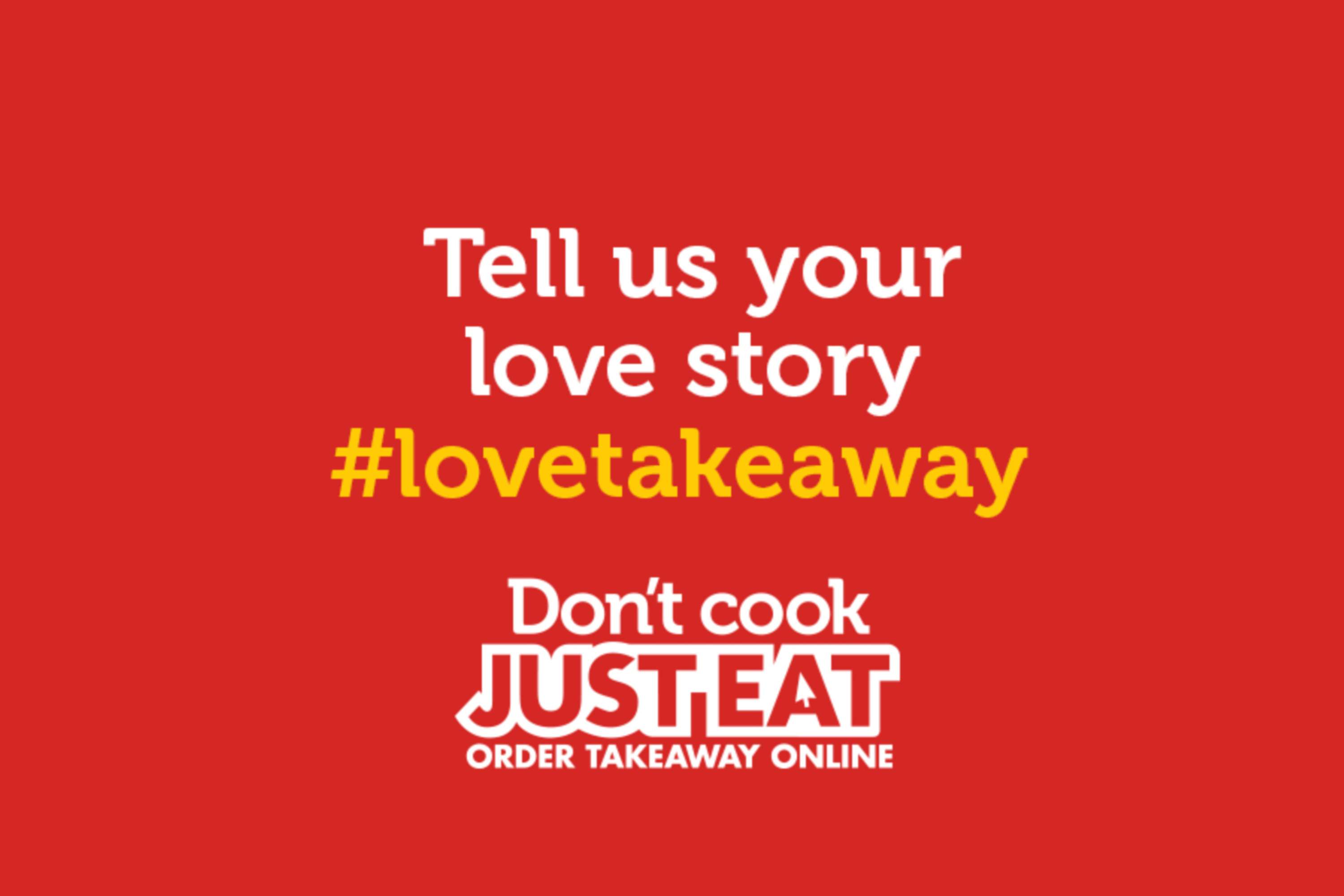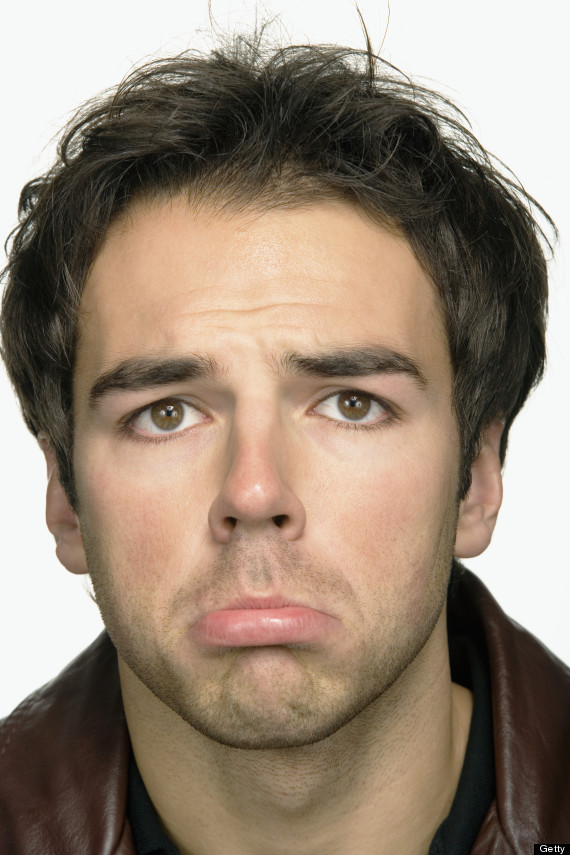Statement of Intent
For my adverts, I have used two white-british males, and two white-british girls as cast. One girl and the boy are 16 the other two are 17. These represent the different social groups that each gender has, but also the age group they all share. The advert itself makes use of what I believe to be a kind of hipster style, as it fits in with the age group. One example of this is the logo for the company. It is simple consisting of two initials, and a graffiti like effect, in order to keep promoting the age group and demographic of teenagers.
The settings are urban backgrounds, and the photoshop affect is made to make the text look like a billboard, or graffiti or a poster on the wall behind the cast member.
The use of colour is important in my advert, as certain colours invoke certain feelings. I have used yellow and red mainly as they stand out, yellow is associated with happiness and red is a bright colour that went well with the background.
The logo itself also ties in with another important aspect of this project, the Essex identity. The logo includes a microphone to explore the loud aspects of an essex stereotype, lipstick to display the heavy use of makeup an essex stereotype also is said to use, and a hat for the gang/chav-like mentality that essex often has.
Thursday, 25 April 2019
Wednesday, 24 April 2019
Advertising Techniques
Advertising Strategies
Emotional Appeal
This technique of advertising is done with help of two factors - needs of consumers and fear factor. Most common appeals under need are:- need for something new
- need for getting acceptance
- need for not being ignored
- need for change of old things
- need for security
- need to become attractive, etc.
Most common appeals under fear are:- fear of accident
- fear of death
- fear of being avoided
- fear of getting sick
- fear of getting old, etc.
Promotional Advertising
This technique involves giving away samples of the product for free to the consumers. The items are offered in the trade fairs, promotional events, and ad campaigns in order to gain the attention of the customers.Bandwagon Advertising
This type of technique involves convincing the customers to join the group of people who have bought this product and be on the winning side. For e.g. recent Pantene shampoo ad which says “15crores women trusted Pantene, and you?”Facts and Statistics
Here, advertisers use numbers, proofs, and real examples to show how good their product works. For e.g. “Lizol floor cleaner cleans 99.99% germs” or “Colgate is recommended by 70% of the dentists of the world” or Eno - just 6 seconds.Unfinished Ads
The advertisers here just play with words by saying that their product works better but don’t answer how much more than the competitor. For e.g. Lays - no one can eat just one or Horlicks - more nutrition daily. The ads don’t say who can eat more or how much more nutrition.Weasel Words
In this technique, the advertisers don’t say that they are the best from the rest, but don’t also deny. E.g. Sunsilk Hairfall Solution - reduces hairfall. The ad doesn’t say stops hairfall.Endorsements
The advertisers use celebrities to advertise their products. The celebrities or star endorse the product by telling their own experiences with the product. Recently a diamond jewellery ad had superstar Amitabh Bacchan and his wife Jaya advertising the product. The ad showed how he impressed his wife by making a smart choice of buying this brand. Again, Sachin tendulkar, a cricket star, endorsed for a shoe brand.Complementing the Customers
Here, the advertisers used punch lines which complement the consumers who buy their products. E.g. Revlon says “Because you are worth it.”Ideal Family and Ideal Kids
The advertisers using this technique show that the families or kids using their product are a happy go lucky family. The ad always has a neat and well furnished home, well mannered kids and the family is a simple and sweet kind of family. E.g. a dettol soap ad shows everyone in the family using that soap and so is always protected from germs. They show a florescent color line covering whole body of each family member when compared to other people who don’t use this soap.Patriotic Advertisements
These ads show how one can support their country while he uses their product or service. For e. g some products together formed a union and claimed in their ad that if you buy any one of these products, you are going to help a child to go to school. One more cellular company ad had a celebrity showing that if the customers use this company’s sim card, then they can help control population of the country.Questioning the Customers
The advertisers using this technique ask questions to the consumers to get response for their products. E.g. Amway advertisement keeps on asking questions like who has so many farms completely organic in nature, who gives the strength to climb up the stairs at the age of 70, who makes the kids grow in a proper and nutritious ways, is there anyone who is listening to these entire questions. And then at last the answer comes - “Amway : We are Listening.”Bribe
This technique is used to bribe the customers with some thing extra if they buy the product using lines like “buy one shirt and get one free”, or “be the member for the club for two years and get 20% off on all services.”Surrogate Advertising
This technique is generally used by the companies which cannot advertise their products directly. The advertisers use indirect advertisements to advertise their product so that the customers know about the actual product. The biggest example of this technique is liquor ads. These ads never show anyone drinking actual liquor and in place of that they are shown drinking some mineral water, soft drink or soda.Specific Advertising to Teenagers
Family Togetherness
Although it might sound old-fashioned, teenagers respond to images and allusions to families spending time together and enjoying being together. Thanks to the high divorce rates in the U.S., teens may respond to seeing some semblance of a well-functioning nuclear family in advertising.Celebrity
Companies pay athletes and celebrities millions of dollars to endorse their products. Teenagers -- and people in general -- gravitate toward following style and other choices that celebrities make. Seeing a famous singer in an acne cream commercial draws more of a response from teens than seeing a non-famous person in the same commercial.Teens are especially susceptible to doing things their peers are doing. Few advertisements come out and explicitly say "Everybody is doing it," but this type of message is implied in many types of advertising for teens. For example, a cellphone commercial might show a group of teens in which all teens have their own cellphone, although this may not be the case in reality. The implied message is that all teens have cellphones.Music
Jingles and other types of songs that play along television and radio commercials can build interest in a product while also building interest in a song or artist. For example, when Apple used Yael Naem's song "New Soul" in its Macbook Air commercial, her popularity skyrocketed. The song and the commercial become synonymous in the minds of many.Cool Factor
This technique makes the argument that you can only be cool if you have a specific product or use a specific service. A perfect example of these advertisements can be found in the "I'm a Mac" commercials, which personifies a Mac as a hip, laid-back young person, and a PC as a stodgy, uptight and uncool individual.
SlogansWill's Good Ass BBQBob's Brill Breakfast
NEA Brief
Ben McArthur NEA
Requirements of the brief
You work for an in-house print production company within an advertising agency. You have been given the task of producing a campaign of four full-page magazine adverts to promote a new takeaway food delivery service.
Summary of brief requirements:
Statement of Intent (approx. 350 words).
Magazine adverts: The client has insisted that each advert must have a different main image, with at least two different settings and at least two different models used across the four adverts.
Location of adverts: The adverts are to be placed in regional magazines and the content should reflect the location.
Client target audience: 16–25, mass market, male and female demographic in a defined geographical region.
This new takeaway food delivery service – YourFood – wants to be defined by its regional and youthful brand identity4.
All four adverts must contribute to a strong and consistent brand identity, using the same slogan/tagline.
The adverts should use techniques – such as intertextuality, generic hybridity, humour or emotional appeal – that engage the target audience and make the adverts memorable.
Your finished realisations of the four adverts must be presented as A4 prints, with the image scaled down as necessary to preserve the correct magazine page ratio.
Your magazine adverts must adhere to the rules of the Advertising Standards Authority (ASA)
Product Details
The production must include (as a minimum):
At least four different main images. All images must be original across the four adverts to fit the brand identity and the conventions of magazine adverts.
Editing of adverts (including photos, text, graphics, typography and layout) to fit the brand identity and the conventions of magazine adverts.
At least two different settings (this may be the same location with a significantly different use of mise-en-scène and/or lighting or two different locations).
At least two characters representing at least two different social groups across the four adverts.
Written text including product name and a slogan/tagline that expresses the brand identity.
Appropriate consideration of where the adverts will be displayed.
Adherence to the rules of the ASA.
You work for an in-house print production company within an advertising agency. You have been given the task of producing a campaign of four full-page magazine adverts to promote a new takeaway food delivery service.
Summary of brief requirements:
Statement of Intent (approx. 350 words).
Magazine adverts: The client has insisted that each advert must have a different main image, with at least two different settings and at least two different models used across the four adverts.
Location of adverts: The adverts are to be placed in regional magazines and the content should reflect the location.
Client target audience: 16–25, mass market, male and female demographic in a defined geographical region.
This new takeaway food delivery service – YourFood – wants to be defined by its regional and youthful brand identity4.
All four adverts must contribute to a strong and consistent brand identity, using the same slogan/tagline.
The adverts should use techniques – such as intertextuality, generic hybridity, humour or emotional appeal – that engage the target audience and make the adverts memorable.
Your finished realisations of the four adverts must be presented as A4 prints, with the image scaled down as necessary to preserve the correct magazine page ratio.
Your magazine adverts must adhere to the rules of the Advertising Standards Authority (ASA)
Product Details
The production must include (as a minimum):
At least four different main images. All images must be original across the four adverts to fit the brand identity and the conventions of magazine adverts.
Editing of adverts (including photos, text, graphics, typography and layout) to fit the brand identity and the conventions of magazine adverts.
At least two different settings (this may be the same location with a significantly different use of mise-en-scène and/or lighting or two different locations).
At least two characters representing at least two different social groups across the four adverts.
Written text including product name and a slogan/tagline that expresses the brand identity.
Appropriate consideration of where the adverts will be displayed.
Adherence to the rules of the ASA.
rules for logo design
Advertising Research
Advertising Research
Slogan: Don't get caught out, take out!
Advertising techniques
Emotional:
Personal
Social
Fear
Humour
Endorsement
Excitement
Sexual
Romantic
Youth
Adventure
Musical
Empathy
Brand
Beauty
Natural
Rational:
Popularity
Potential
Pain
Scarcity
Statistics
Testimonial
Status
Transparent
People standing next to a billboard
On billboard text and images of food, with logo...plus joke including statistics
On billboard text and images of food, with logo...plus joke including statistics
Humour
Statistics
Transparency
Brand

Man begins to eat food (Against a brick wall)
Food gets snatched off of him
Person runs away with food
"Don't worry you can go here instead"
See's poster on the wall
See's poster on the wall
Presented in frames next to each other (would need to be in 4 individual pictures
Contains humour
Youthfulness
Transparency
Idea 3 The vegetables are coming but they are in a police car, Teenagers running away to the takeaway.
"The vegetables are coming, come with us we'll get you what you need"
"Don't go cold Turkey, try HOT TURKEY instead!"
"Don't get caught out, get take out"
Humour
Relation to teenagers in Essex
Youthfulness
Idea 4
Teens coming out of a nightclub, realise they hungry, look towards a takeaway one of them pointing at the takeaway entrance, the phrase "don't get caught out, get take out"
Realistic
Youthfulness




Idea 5 Teens hungry in park pulls out phone and thinks of Pizza, 2 other people look excited, thought bubble hungry.
Youthfulness
Hungriness
Audience Research NEA
Audience Research
Task one define your audience using the following AUDIENCE SEGMENTATION model (20 minutes)
Socioeconomic: GEARS
• Gender
• Ethnicity
• Age
• Region 9 regional identity
• Socio-Economic
For each part of the acronym state what will be in the advert (in terms of media language/representation) to attract your audience, use the brief to help establish the target audience profile.
Gender: For both genders, however, some of the castings may be leaning towards a certain gender due to the casting available.
Ethnicity: Again any Ethnicity.
Age: There are bright colours on the advert, Saturated colours. This and the graffiti shaped logo makes it aimed at younger people, ie teenagers, and 20s or just above. Other things in the logo also point towards the teenage demographic. The cast would be around this age including and aiming for this demographic more.
Regional Identity: The advert points towards Essex in several ways. First of all the cast would be made to look like stereotypical Essex people. For example, the way they dress, their expressions what they are doing etc.
Socio-Economic: Aimed at people who are in D to C1. This will be reflected in the prices on the advert, the type of clothes the cast will be wearing. As well as the fact that the people will be using phones, and will be in the kind of area that that economic group would be in.
Task two define your audience using the 4 C’s segmentation model, select one of the above categories and highlight how your audience might be attracted to the advert (give an example in terms of the media language of the mock-up designs). (15 minutes)
Cross-Cultural Consumer Characterisation model
4 main categories are (MARS)
MAINSTREAMERS, ASPIRERS, REFORMERS, SUCCEEDERS
The other categories to be added to this are (ERS) EXPLORER RESIGNED STRUGGLER
It takes the following as consumer motivations: SECURITY, CONTROL, STATUS, INDIVIDUALITY, FREEDOM, SURVIVAL and ESCAPE
The "Mainstream" is attracted because the advert will follow what is considered "on trend" today. Ie the clothes that are being worn, the type of shops, and the core need in life for a "mainstream" are for security. This is achieved by them feeling secure in the fact that they are going along with the crowd.
The "Explorer" would also be attracted as their core need in life is to experience new things. As this brand and idea are new, they are more than likely to give it a go. However, keeping their loyalty afterwards may be an issue as they are extremely fickle and will quickly jump to the next "new" thing.
Survey Questions
#insert age question here#
1. Out of 10 how would you rate the quality of this advert,
2. Do you think the setting is appropriate and why yes/no (insert textbox)?
3. Do you think the cast is appropriate and why yes/no (insert textbox)?
4. Do you think that the age and the economic group is suitable for a teenager to 25 and D to C2 #Insert Visuals (Economic table)#?,
5. Do you think the activity and the clothes for the age and economic group, as well as the location?,
6. Do you think that the Products shown in the advert are appropriate for the company, and are age appropriate?,
7. What is your favourite type of advertising and why?
8. What is your age, regional and economic demographics?
9. Do you think this advert fits the regional demographics of Essex?10. Is there anything else you would like to add?
Subscribe to:
Comments (Atom)
-
Advertising Research Slogan: Don't get caught out, take out! Advertising techniques Emotional: Personal Social Fear...
-
Statement of Intent For my adverts, I have used two white-british males, and two white-british girls as cast. One girl and the boy are 16 ...
-
These are the locations I had chosen at the time for my photo shooting. The last location however was not possible due to the shop owner not...








:max_bytes(150000):strip_icc()/wild-turkey-560606673-58a6cb215f9b58a3c9fb8d74.jpg)




